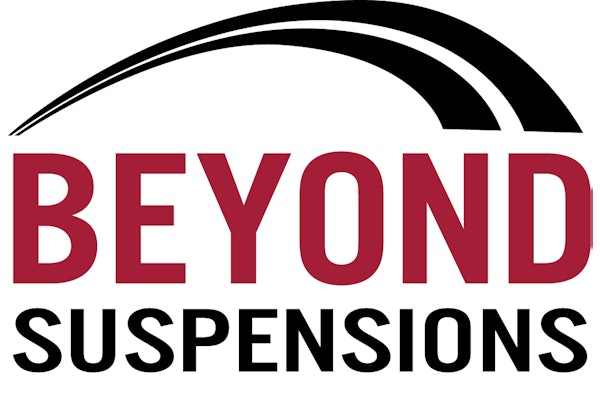As people costs continue to rise, jobs in which there is no offsetting productivity or value improvement are replaced by more efficient service options. Old-fashion service is nice, most of just don’t want to pay for it. Live symphony orchestras are, for example, great to listen to, but iPods are winning today.
We’re not the first to proclaim the untimely passing of Willy Loman … or that the days of the ‘donut patrol’ are officially over.
With good net-profit, per-customer analytics, many in the supply chain are discovering that they have accumulated too many sales reps calling on too many net-profit-losing small accounts.
How to serve the small accounts profitably is the still the Holy Grail.
Rep Relationship Economics
The fully-loaded, average cost of an outside sales call for a distributor or supplier sales person continues to rise well past $100/call. Calculate your average cost per call and then answer these questions:
- How many calls should a rep make annually/quarterly/monthly on a customer to have a productive relationship?
- How much margin dollar purchases per month or year should a customer have to support the sales service cost and still be net-profitable?
- How many active accounts currently (and potentially) meet or exceed your minimum margin dollar per year hurdle?
- How many accounts assigned to reps fall below the hurdle and are likely to remain so?
- How many outside sales reps do you need to cover all larger, qualifying accounts?
- The weakest sales reps typically have the most losing small accounts and sit on the most upside potential in their few best accounts. What could a best rep with team support do with these big sleepers?
What results could you imagine if you:
- Reassigned all of your too-small accounts to a new, service-model division.
- Assigned all underperforming biggest accounts to your best reps (more than offsetting the loss of the small accounts).
- Transitioned to a net-profit growth incentive system.
- Outplaced your small-account, weak reps.
Reps Must Increase Their Value with Supply-Chain Benefit Solutions
The cost of supplier reps is typically about 5 percent built into WD buying price. Would you prefer 5 percent lower prices and to pay for the rep on an hourly basis as needed just as you do for professional services? Why should some of your biggest customers feel any different about your reps one day?
Before this slow-growing, compensation-value mismatch trend creates a problem with a key account, why not embrace the “supply chain solution” trend? Whenever a customer asks us to “be a bit more competitive,” counter with a variation of the patented Bruce Merrifield “Price-shopping Judo” speech: “Glad you asked. Why shop just for 1-2 percent less when we might also be able to co-create much greater, supply-chain-cost dollar savings! IF we can do a quick audit of the buy-sell, inter-business processes that have grown up between us, we’ll find inefficiencies.” Neither of us has yet thought of re-tuning and/or re-designing these processes, we may find ways to:
- Lower potentially all 11 elements of “total procurement cost” (TPC)
- Improve the uptime economics of those who use, consume or re-sell our products?
- Improve the (next-step-in-the-value-chain) customer – satisfaction, retention, penetration and referral – economics.
- Lower our “total cost to serve you.” If we can lower our CTS, then we can share those savings with you in the form of a lower price.
- Decide to do more total volume together, because the cost of buying elsewhere in the traditional way would be too high.
“Besides, playing a few ‘good’ suppliers off one another for immediate, measurable ‘price savings’ while we try to sneak up our margins is a zero-sum, win-lose, activity-cost struggle. We’ve been distracting ourselves from finding and co-creating bigger, win-win, supply chain benefits. When shall we schedule the audit?”
The Vision/Planning Gap
How do you get from arms-length, price haggling to delivering and following through on the “Price Judo Speech”?
- Education: Sales people will have to get fluent in supply chain concepts:” CTS; TPC; Uptime Economics; Customer Retention.”
- Access to VPs of Fleet Supply Chain: Managers will have to call on supply-chain counterparts who can: understand and change buying system economics. Buyers don’t like reducing TPC if it is their current job.
- Service Guarantees: The service team can offer 2 to 5 target accounts per rep unconditionally guaranteed, perfect service and extra-efforts to be more partner-able.
- Net-Profit and CTS Analytics and Incentives: Invent (or more effectively subscribe to) a complete net-profit analytics capability with incentives for net-profit development for customers. Paying on margin dollars misaligns reps.
Be the first amongst your competitive peers to embrace sales force changes that meet best-customer’s changing needs.
This article was co-authored by Bill Wade and Bruce Merrifield. Wade is a partner at Wade & Partners and a heavy-duty aftermarket veteran. He is the author of Aftermarket Innovations. He can be reached at [email protected]. Bruce Merrifield is a professional consultant known for his work in distribution. For more information on Merrifield, go to www.merrifield.com.











